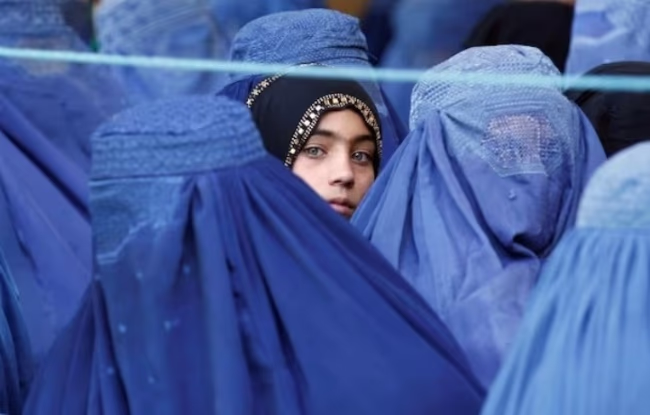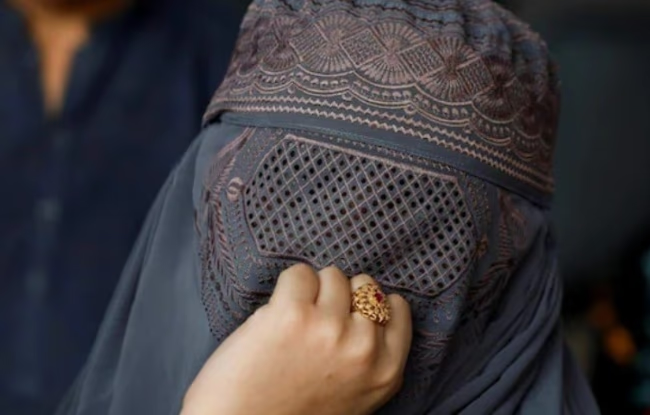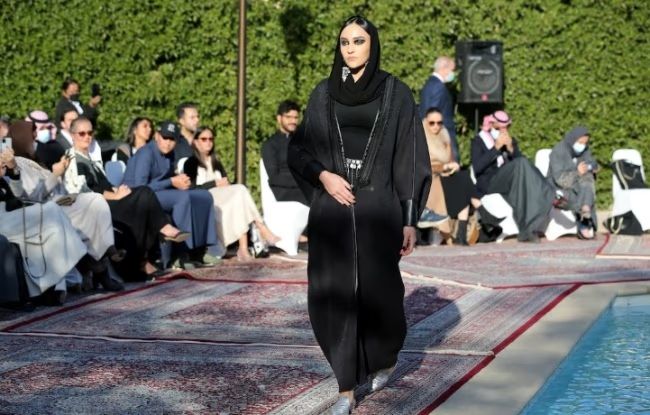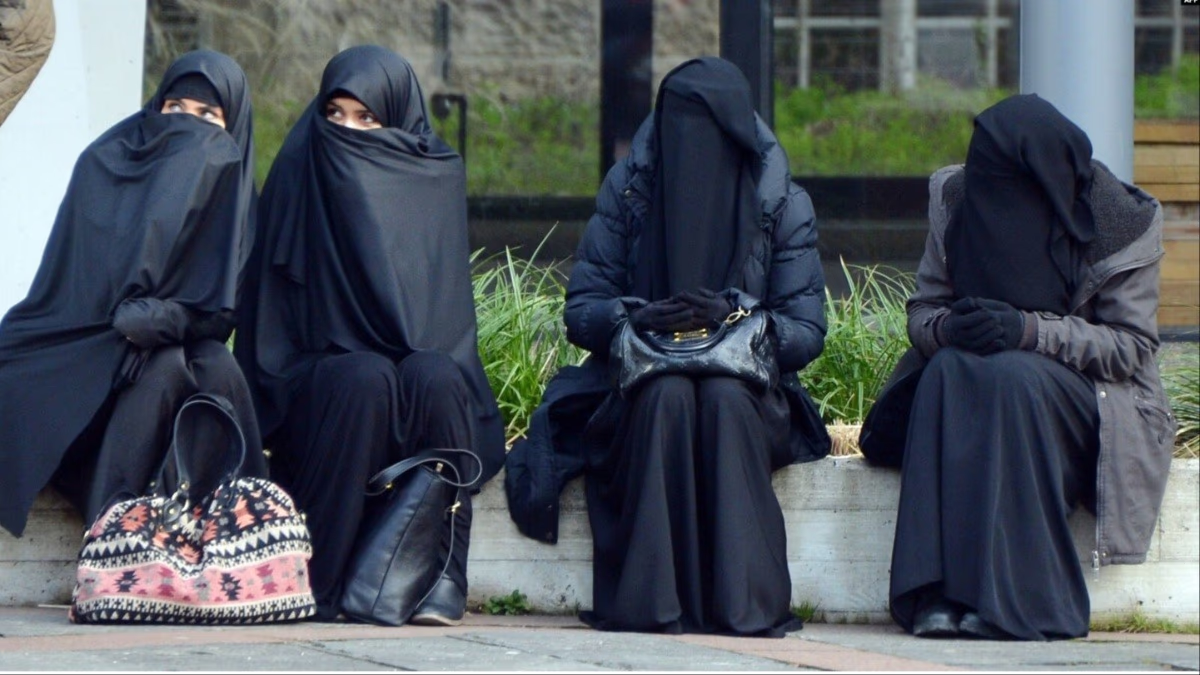The burqa, niqab, hijab, chador, and abaya are often the center of debates. While some regions enforce Islamic dress codes, others impose bans. Recently, Switzerland imposed a ban on wearing burqas and niqabs, affecting Muslim women in public places and certain private settings. Should they violate this 'burqa ban' law, they face fines of up to 1,000 Swiss Francs.
Back in 2009, then Justice Minister Eveline Widmer championed the idea of a veil ban, suggesting its necessity if many women began wearing veils. In 2013, the Ticino canton supported a face-covering ban in public spaces. Now, a decade later, the entire nation enforces the prohibition.
How Many Muslims Reside in Switzerland?
Muslims make up around 5% of Switzerland's 8.6 million population, with most hailing from Turkey, Bosnia, and Kosovo. A University of Lucerne study revealed that very few women in Switzerland wear niqabs.
The right-leaning Swiss People's Party proposed the ban, campaigning with 'Stop Extremism' slogans. The party argued that free individuals don't cover their faces. To them, burqas and niqabs symbolize oppression rather than regular clothing.
Though not directly targeting Islam, critics argue it singles out Muslims.
Opposition by Muslim Rights Groups in Switzerland
The burqa ban followed a 2021 referendum, with a narrow 51.2% approving the law over 48.8% opposing it. Prior to the vote, Janina Rashidi of the Swiss Islamic Central Council argued targeting women's clothing brands them as second-class citizens. She said, 'Criminalizing a woman's attire feels wrong. Some might find face-covering odd, but we accept many unusual sights in society, like facial tattoos.'
Rashidi highlighted how such laws can alienate Muslims who consider the country home.
'Burqa Ban' Criticism
Amnesty International criticized the law, labeling it 'dangerous' for infringing on women's rights, freedom of expression, and religious practices. Dr. Mohiuddin Ghazi of Jamaat-e-Islami Hind also condemned Switzerland's ban, advocating for women’s freedom in choosing their attire. He stressed, 'The problem is some European countries ignore this choice, and that's wrong.'
Conversely, Prof. Iktidar Mohammed Khan of Jamia Millia Islamia believes the law, designed to prevent face-covering in public, shouldn't be troublesome.

Source: aajtak
He states, 'Veiling is a matter of religious faith, free from interference. Nonetheless, local Muslims must ensure not to misuse veiling, fostering government trust. Responsibility lies on both sides.'
The ban's detractors argue many Muslim women wear the niqab or burqa to express faith, and the restriction undermines this expression.
Islam's Stance on Burqas and Niqabs
The burqa is a loose-fitting, usually black garment, covering the body, face, and eyes with netting. Meanwhile, a niqab covers the head, neck, and shoulders, keeping the eyes visible. Both are traditional in Islam for facial veiling.

Source: aajtak
Prof. Khan explains the Qur'an mentions veiling twice. 'Veiling means protecting parts of a woman from provoking male desires. However, men too are expected to control their gaze and be modest.'
He notes the Qur'an advises Muslim women to cover parts that might entice male thoughts.
Dr. Ghazi adds, 'The Qur'an points out men observing women makes them uncomfortable. Women covering up promotes their safety. However, personal preferences should be respected.'
Rising Islamophobia Worldwide
Reflecting on growing bans on Islamic attire and incidents of Qur'an desecration, Prof. Khan remarks on increasing Islamophobia globally—an attempt to suppress all aspects of Muslim life.
He observes, 'Islamophobia is now pervasive. Muslim practices face growing intolerance. In India, women cover their faces with veils. If a law banned veiling, they would resist because this tradition predates the burqa.'
Burqa Bans in Other European Countries
The surge to ban Islamic garments in Europe followed the 9/11 attacks. France became the first EU nation to prohibit burqas and niqabs in public in 2010, citing the garments' oppressive symbolism.
Previously, in 2004, France barred religious symbols in schools.
France initially banned hijabs and, by 2023, also banned abayas, loose-fitting robes women wear over normal clothes to obscure their shape.

Source: aajtak
Abayas, originating in Iraq and Syria, spread from Arab countries to North Africa and eventually parts of Europe. French schools blocking abayas faced notable Muslim opposition, arguing equal rights to attire like shorts and leggings.
France's ban also extended to burkinis, modest swimsuits for Muslim women, prohibited since 2016. After challenges, France's highest court lifted the ban.
Despite approximately 5 million Muslim women in France, only a small fraction wear the burqa.
Following France, Austria, Belgium, Bulgaria, Denmark, and others instituted similar bans on burqas and niqabs. Certain regions in Italy, the Netherlands, and Spain implement local bans.
In July 2021, the European Union court decreed that women in government roles could face job loss if they refused to remove the hijab during work.
Britain also prohibits hijabs and religious dress in schools, though not elsewhere in society.




